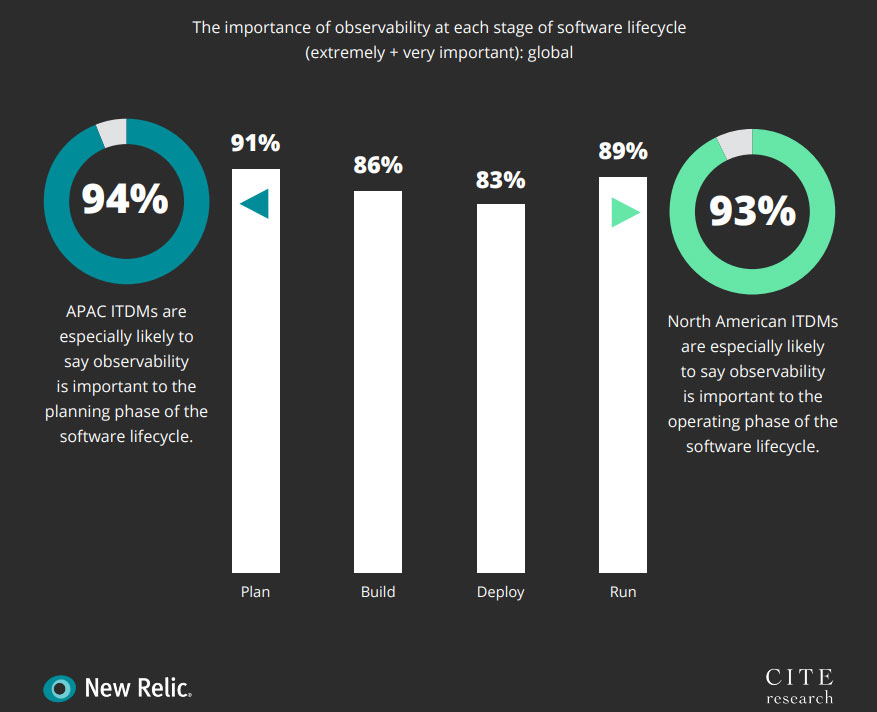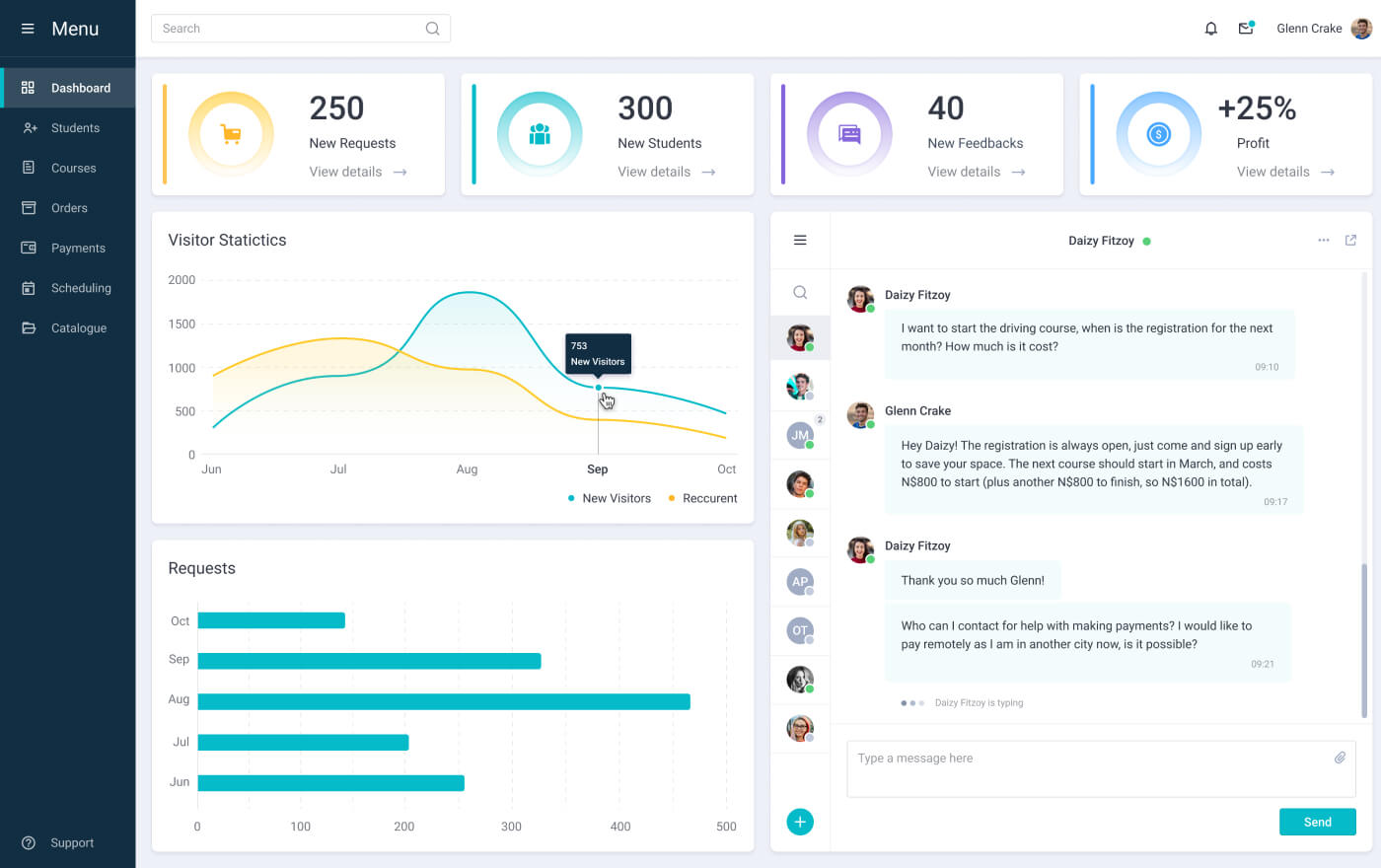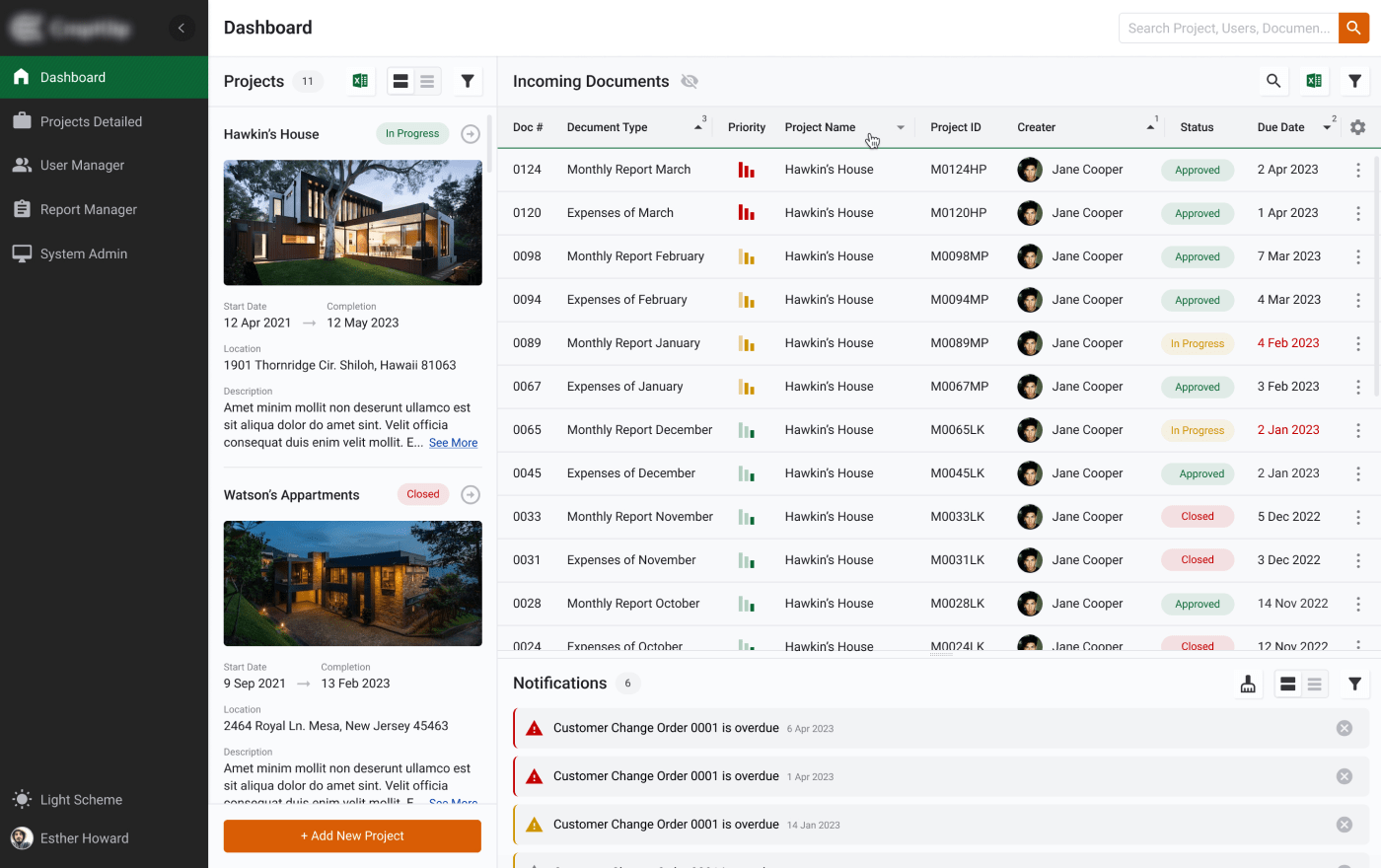As a business owner, you should always look for the most effective ways of handling internal and external operations. For example, data management and data analytics are some of those not-so-easy tasks. Keeping track of KPIs, monitoring and inspecting loads of various data, choosing between different data visualization tools to understand the data better – there is a lot to grasp. But, wait! There are also data management strategies that you need to develop based on the business practices your company follows. And, there is one practice that is gaining more and more popularity among businesses nowadays. The practice is known as applied observability, and this is what we will talk about in today’s article and find out how it is different from monitoring and how your DevOps and software engineers may benefit from it.
Applied Observability and Its Significant Impact
According to Gartner’s research, 70% of businesses that successfully apply observability will improve their decision-making and gain advantage over their competitors by 2026. Also according to New Relic research, it is considered vital at any stage of the software lifecycle. If you want to be among these companies, you need to understand the concept, so let’s get into the details.

Applied observability is the practice of observing and gathering insights across business software, functions, teams, IT services, and other systems to ensure that the most relevant and vital problems are identified and addressed. It is about clarity and involves data collection and data analysis. You basically are able to cover several layers of your organization and apply those tools that will enrich the generated data.
To get the idea of what you run into, let’s look at the three definitions that lie in individual places but are connected. Observability in general is the process of understanding what is happening inside a system. It is the combination of software performance monitoring and analytics, which is used in software development and IT operations management. Due to the fact that it collects and breaks down system outputs, it is also widely used by retail and financial services organizations. Along with the site reliability engineering (SRE), observability is a part of the overall digital immune system (DIS).
Read Also Making Software Systems to Heal Themselves. How Digital Immune Systems Work
Observable data is basically any variable that can be observed and directly measured. It also includes data artifacts, which are processes and objects that are unusual for a system but are also important for the observability process. Next, we have applied observability, which is a more specified but complex approach that carefully plans the future success by using actual data instead of creating possibilities that might or might not happen in the future. In most cases, companies use diverse AI technologies to automate the process and get more accurate data faster. To put it simply, it is a precise analysis that helps you to make your decisions based on the very data you have. It excludes the unknown unknowns, also known as unknowable risks, that are taken into account in observability.
Read Also How a Risk Management Plan Can Stop the Overflow of Different Business Risks
Key Aspects and Characteristics of Observability
While applied observability covers actual data and observability adds unknowable risks, they have similar approaches that help to define the health of a system. Thus, there are 4 aspects, such as logs, traces, metrics, and events that allow software engineers to find the source of issues. They are also known as MELT.
- Metrics
These are the measurements taken over a certain time. They let one assess performance to identify related issues. Various system attributes are also counted.
- Events
This aspect covers discrete, unexpected, or suspicious activity done by users. Usually, this data is used for monitoring possible security breaches and understanding how user details can be secured. Sometimes, this aspect is omitted, because it can be considered similar or the same as Logs. - Logs
Logs are all actions of users and activities that are happening in the system, database, or network. Sometimes, it can be decided to include Events in the data analysis in order to see the full picture at once.
- Traces
All the traces left by software developers can be taken into account by software engineers to identify the problems that can appear during the production and testing stages. And then, they can collaborate to deal with the occurred issues. It is vital data that is often used in custom software development.
In general, observability has 3 key characteristics that distinguish it from monitoring or any other approach:
- Thorough data collection
It connects all available observable data from various data layers of a company;
- Complexity
It can be difficult to implement because of multiple data layers;
- Data conversion
It gathers a massive amount of observable data and converts it into a set of capabilities.
All in all, it provides engineers with real-time visibility into system behavior, helps them to collect and analyze data, and opens up an opportunity to collaborate across the organization. Besides that, applied observability provides a data-driven and hypothesis-driven approach to problem-solving, which leads to continuous system improvement. Also, it has a good basis for implementing data visualization tools to make the data management more convenient, user-friendly, and effective.
Observability vs. Monitoring: Spotting the Differences
Identifying the resemblance and dissimilarities between these two is less troublesome than it may seem to be at first. In simple terms, applied observability is the part of the system environment while monitoring is the process of examining data outside the system. In general, the second method is intended to alert you to any problem within the system, while the first one indicates what caused it.
Usually, legacy systems don’t need a whole bunch of sophisticated features, because they are simpler and have less functionality in general and cover fewer data environments. It is easier to predict the changes, so monitoring can be enough in this case. But nowadays, it is better to keep up with the pace of the ever-changing world. Considering how complex today’s applications and systems are and how much data they generate, it may not be enough to rely on monitoring only. That is why some businesses use both techniques simultaneously. So, let’s take a closer look at their differences.
|
Observability |
Monitoring |
|
|
Possibility or Action |
All about the possibilities which your system can offer and understanding of the next steps | Takes action and uses these possibilities in order to review the gathered data |
|
Understanding or Tracking |
Understanding of what data to examine |
It is for the tracking of data performance |
|
Deeper Insight or Wider View |
Gives a deeper insight into software |
Offers a wider view on the issues |
| Sustainability or Limits | A more sustainable method |
Requires adjustments and review from time to time |
Comparing these two techniques, one can also notice that they also have different use cases. There is a great variety of situations when you can follow one method or another, so let’s look at a couple of them to understand the basic idea.
Cloud-Based Technologies
Cloud-based systems need to tame a large amount of information, so observability can help. Besides implementing this method into a cloud-based application, you can also follow it during cloud software development to make the process a lot clearer. It will be easier to identify when miscommunication between teams happened and why.

Source: Integrated Cloud Service for Online Booking and Payment
Modernization of Company’s Apps
Application modernization is not a rare occasion nowadays, because organizations try to hop on the train of trends to be in tune with the times. Observability is able to identify which of the parts of your application need renovation. As a result, it will be possible to bring better experience to both users and customers.

Source: UI/UX Modernization for a Construction Management Web App
Web App Monitoring
If you consider creating a website or a web application, monitoring may be a good idea. During the web development process, you will be able to recognize if there are issues with loading, servers, and other real-time data.
API Monitoring
The monitoring of Application Programming Interfaces (API) is an integral part of working with APIs if you want to find the source of problems in its performance, functionality, and availability.
Conclusions
Breaking down system data is never easy, however, you can sweeten the pill by using the techniques that are suitable for your business and enhancing the systems of your organization with the help of data management and visualization tools. It is always possible to find the way out if you prepared beforehand and are ready for the consequences. So, it’s up to you whether to use this popular trend of applied observability or not. If you want to modernize your application or make the gathered data visually pleasing for users, contact us, and we will be able to find the best solution for you.